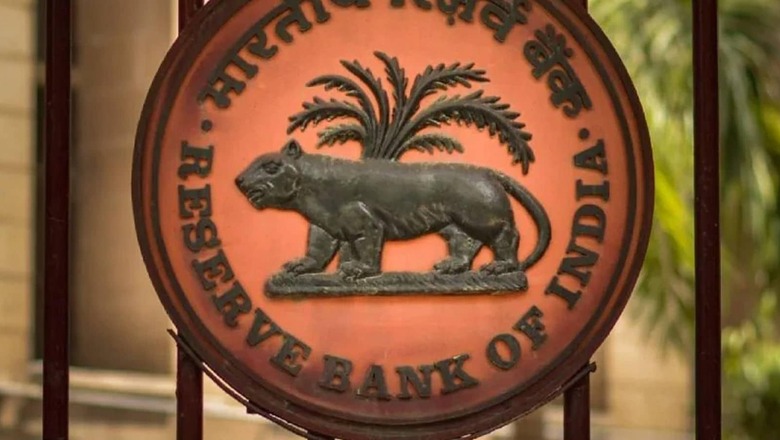
views
The quarterly financial results for the third quarter of FY23 point towards the need for a pause in any further increase in the benchmark policy interest rates by the RBI. High borrowing costs do have an impact on sectors such as automobiles, housing, and high-end consumer durables, according to industry body ASSOCHAM.
“A moderate growth of 4.4 per cent in India’s GDP for the third quarter of fiscal 2022-23 is a function of several factors, notably the challenging global scenario affecting export demand and rising interest rates… While the overall growth estimates of seven per cent for the entire fiscal year 2023 look reassuring, the global economic scenario looks uncertain, making it imperative for us to stay alert to the fast-changing developments. As for India, a lot would also depend on the monsoon prospects,” ASSOCHAM Secretary-General Deepak Sood.
The RBI raised the repo rate by 25 basis points for the sixth time in a row on February 8, resulting in high borrowing costs. It raised interest rates by 35 basis points in December 2022. It was hiked by 40 basis points in May and by 50 basis points each in June, August, and September.
In its report, India Ratings and Research (Ind-Ra) said the prevailing temperature so far in February 2023 is again higher than the normal and is indicating that wheat production, like 2022, may again face ‘terminal heat stress’. This may result in the wheat output falling to 107.7 million tonnes (MT) as against the second advanced estimate of 112.2MT. On an average, the maximum temperature in Punjab, a key wheat-growing area, has been 4°C to 5°C higher than the normal during 17-23 February 2023.
It said, “The RBI in its monetary policy review in February 2023 raised the repo rate by 25 bps. As a result, the repo rate reached 6.50 per cent and it was widely believed that with this repo rate hike, the RBI perhaps has reached the terminal rate in the current rate hike cycle. However, two developments since the February 2023 monetary policy committee have cast shadow on this expectation. First, the retail inflation for January 2023 at 6.5 per cent reversed the declining trend of past two months in retail inflation. Secondly, the detailed minutes of the monetary policy was released on February 22, 2023.”
Ind-Ra also said the likely decline in wheat production, an uptick in vegetables prices, and stickiness in core inflation may cloud the current retail inflation outlook. This means pause on the policy rate may not be a done deal yet.
Read all the Latest Business News here




















Comments
0 comment